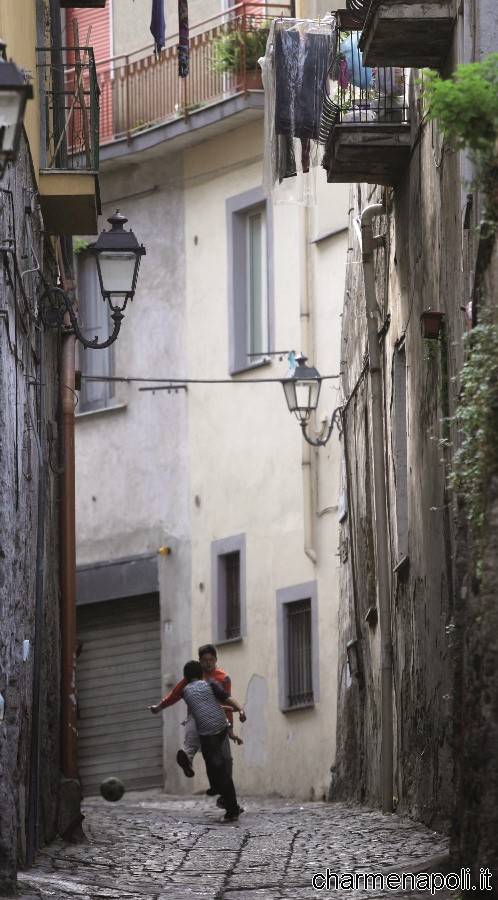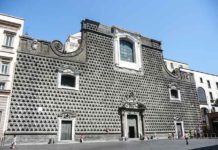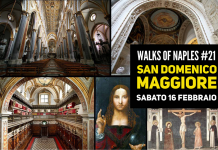A maze of alleys criss-crosses the flanks of Mount Somma amid the arches and lava stone slabs of Casamale, the ancient heart of modern-day Somma Vesuviana. The defensive walls date back 600 years, and the oldest part of the borough is said to have been built when the village was part of the Duchy of Naples and was then simply called Castrum. The name Casamale is said to derive from the noble family of Causamala who owned property here over 1000 years ago and first appeared in a rental deed from the year 1011. The ancient centre evokes the Middle Ages and the domination of the Aragonese monarchs, who transformed Casamale into a stronghold to defend Naples from armies approaching the kingdom’s capital from the east. It was Ferrante I of Aragon who took the town for the Spanish crown in 1467 and ordered the complete rebuilding of the town walls. which are still visible today although the battlements and wooden walkways have been lost. Within the perimeter of towers and bulwarks is Casamale’s maze of alleys spanned by piperno stone arches between buildings so close that the sunlight barely filters down. [charme-gallery]This architectural treasure trove includes the Collegiata church, an Augustinian convent until 1595 whose original Romanesque plan was damaged by the hail of ash and lapilli during the eruption of Mount Vesuviusin 1631 and was refurbished in the baroque style A small crypt behind the Collegiata conserves the mummified remains of an unknown priest who died in the 18th century. Casamale is also home to some superb noble buildings, including Palazzo Colletta-Orsini with its lavish portal, Palazzo Basadonna, the Carmelite Convent, Palazzo Secondulfo and the majestic d’Alagno castle. This fortified dwelling was built for Lucrezia d’Alagno, King Alphonse I ofAragon’s mistress, and was more recently the home ofItaly’s famous comedian Totò Every four years, early August sees Casamale celebrate an ancient religious festival. The streets of the town centre are illuminated by terracotta lamps, torches and other lights to create a kaleidoscope of colour and a magical interplay of light in the ancient village: a unique atmosphere that recalls the history of one of the most enchanting parts of theMount VesuviusNational Park.

 Italiano
Italiano














